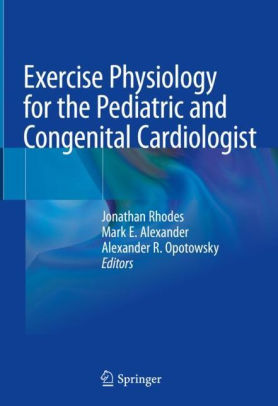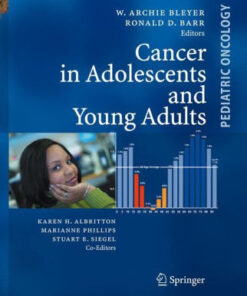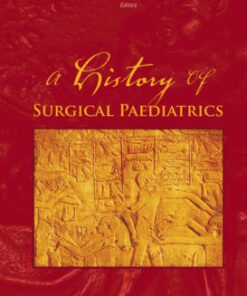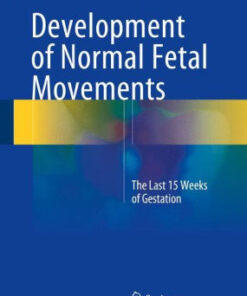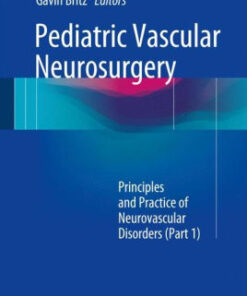(eBook) Exercise Physiology for the Pediatric and Congenital Cardiologist by Rhodes
$18.00
Download instantly Exercise Physiology for the Pediatric and Congenital Cardiologist by Jonathan Rhodes, Mark E. Alexander, Alexander R. Opotowsky. It is ebook in PDF format.
ISBN-10: 3030168174 ISBN-13: 9783030168179
Preview
This is the PDF eBook version for Exercise Physiology for the Pediatric and Congenital Cardiologist by Jonathan Rhodes, Mark E. Alexander, Alexander R. Opotowsky
Table of Contents
SECTION I: The Normal Cardiopulmonary Response to Exercise.- 1. Biochemistry of Exercise.- 2. Oxygen Delivery.- 3. Central Hemodynamics and Coronary Blood Flow During Exercise.- 4. CO2 Elimination (V?CO2).- SECTION II: Conduct of the Cardiopulmonary Exercise Test.- 5. Laboratory Setup, Equipment, and Prools.- 6. Exercise Stress Echocardiography.- 7. Other Modalities.- 8. Supervision and Safety Precautions for Exercise Testing.- 9. Special Considerations for Children.- 10. Special Considerations for Adults with Congenital Heart Disease.- SECTION III: Interpretation of the Cardiopulmonary Exercise Test.- 11. Peak Exercise Parameters.- 12. Parameters from Submaximal Exercise.- 13. Putting It All Together.- SECTION IV: Prototypical Lesions.- 14. Repaired Tetralogy of Fallot.- 15. Patients with a Fontan Circulation.- 16. Aortic Valve Disease.- 17. Coarctation of the Aorta.- 18. Systemic Right Ventricles with a Biventricular Circulation (L-Transposition and D-Transposition s/p Atrial Switch) .- 19. D-Transposition s/p Arterial Switch Operation.- 20. Ebstein’s Anomaly.- 21. Pulmonary Vascular Disease.- 22. Exercise Testing in Pediatric Dilated Cardiomyopathy.- 23. Hypertrophic Cardiomyopathy.- 24. Coronary Anomalies.- 25. Metabolic Disorders.- 26. Exercise Testing After Pediatric Heart Transplantation.- 27. Cardiac Rehabilitation and Exercise Training.- 28. Summary of Lesions.- SECTION V: Electrophysiologic Issues.- 29. Syncope, Orthostatic Intolerance, and Exertional Symptoms.- 30. Exercise Stress Testing: Diagnostic Utility in the Evaluation of Long QT Syndrome.- 31. Wolff-Parkinson-White Syndrome.- 32. Exercise Testing in the Management of Arrhythmias.- Section VI: Interesting/Instructive Cases.- 33. Patients with Physiologically Normal Hearts and Lungs.- 34. Patients with Unusual Congenital Heart Defects and/or Intracardiac Shunts.- 35. Patients with Significant Lung Disease.
